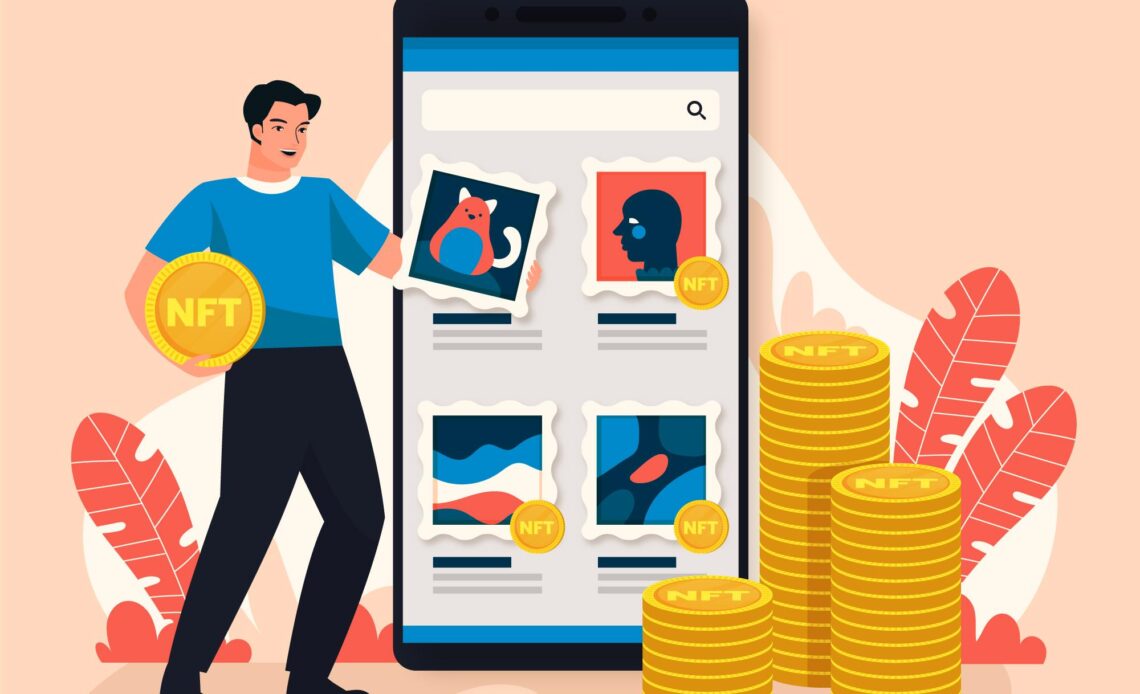Let us first know about NFTs.
What Is a Non-Financial Transaction (NFT)?
The term “non-fungible token” refers to a piece of digital code stored on a blockchain (also called distributed ledger technology).
A digital asset, such as a work of art, a video clip, or the first Tweet, can be permanently registered on a blockchain via an NFT.
Ownership and provenance can be promptly verified.
For the first time, it is possible to achieve digital scarcity.
You may have heard about 3LAU, an EDM producer, and Grimes, a pop musician, selling NFT artworks for millions of dollars.
Christie’s New York created history in October 2020 when it sold Portraits of a Mind: Block 21, the first-ever NFT-linked tangible artwork, for $130,000.
Beeple, a fully digital work by the NFT, is up for auction, with a current bid of $13.25 million.
So, what exactly is the deal with NFTs?
How does it make artists wealthy?
Is this the start of a new crypto bubble?
What impact is it having on the art world?
Art collecting may be traced all the way back to Egypt, India, China, and Babylonia’s early civilizations.
The way individuals buy, collect, and store art has evolved.
The demand for digital artwork is increasing as we move into the digital age.
However, authenticity and distinctiveness are issues with digital artwork.
You make digital art and share it on the internet.
NFTs are used to create digital artworks that are similar to physical artworks.
They transform digital art into a tangible item.
Because NFTs are stored on the blockchain, no one can completely replicate the artwork they are linked to.
This allows digital artists to sell their work while also remaining authentic and avoiding concerns such as piracy and duplication.
NFT artworks have recently sold for millions of dollars at auction, indicating that individuals wish to collect them.
The motivations for purchasing a digital NFT artwork are several.
You can either buy it because you like it or as an investment.
From the standpoint of an artist, NFT is a fantastic opportunity to communicate directly with your collectors.
It also goes without saying that NFT makes artists wealthy.
NFTs in the Future
Digital art is enjoying a moment, but where does it go from here?
NFTs, on the other hand, can open doors to much more than just financial ownership.
For collectors, artists can create one-of-a-kind digital experiences.
Let’s Have a Quick Look at NFTs
Before we get into the impact of NFTs on the art world, let’s first take a look at what NFTs are and how they work.
Non-fungible tokens (or NFTs) are based on blockchain technology and, like fungible assets like Bitcoin or other cryptocurrencies, provide a secure record of transactions.
Fungible assets, on the other hand, can be replaced with another identical entity of the same type.

